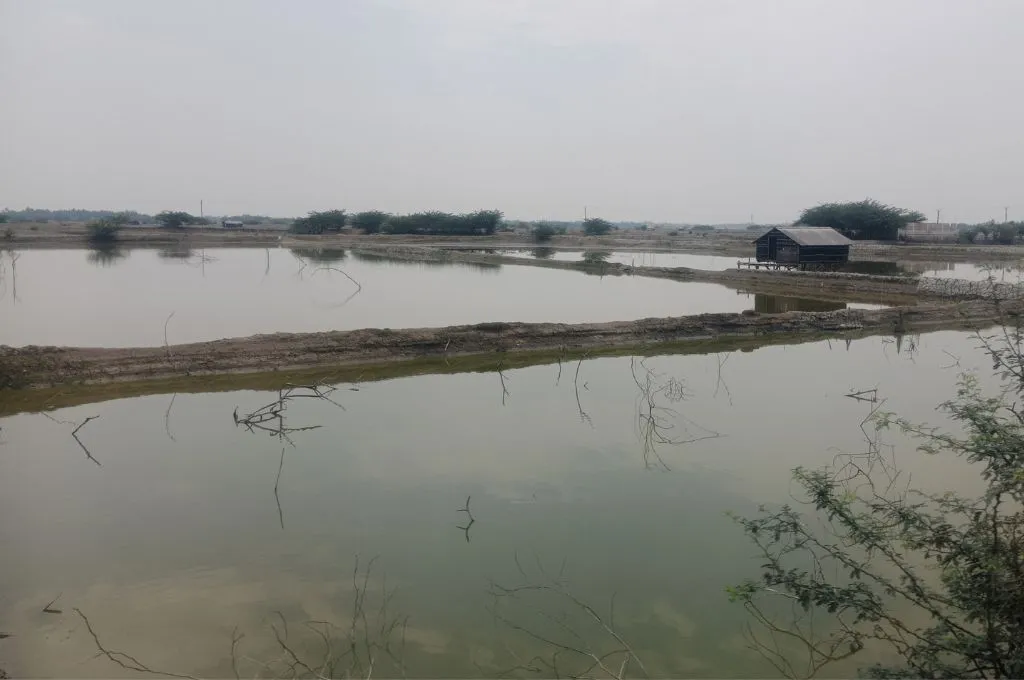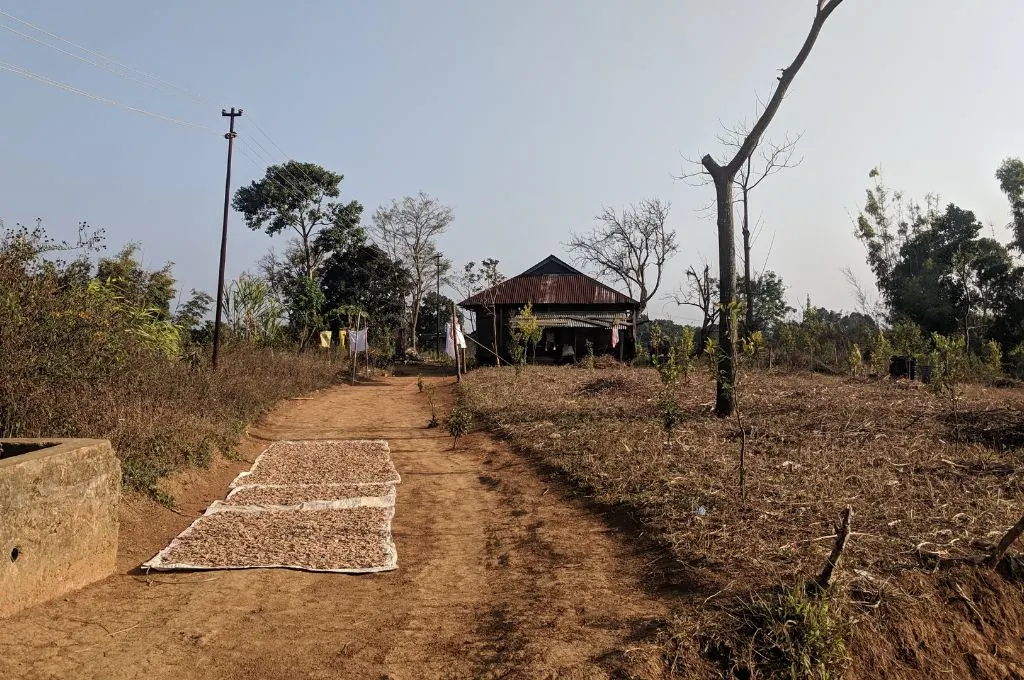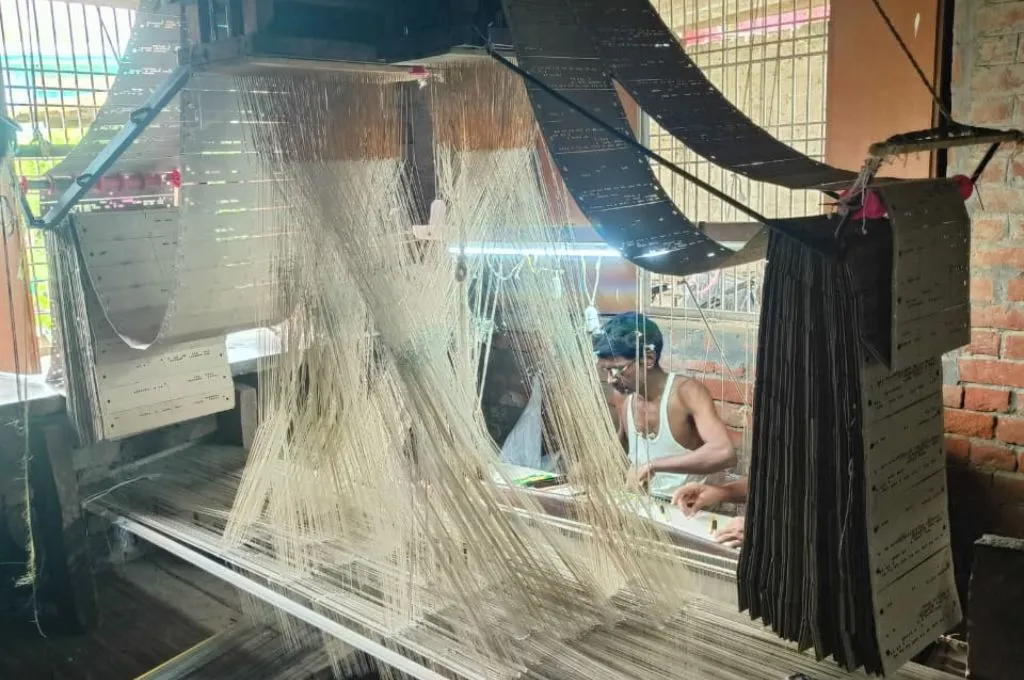READ THIS ARTICLE IN
Salt of the earth: Farmers in Sundarbans adapt to climate change

For nearly 18 years, I have been working as a freelance journalist covering issues related to the climate crisis in rural areas across Bihar, West Bengal, and Jharkhand.
During this period, I have regularly visited several islands and villages in West Bengal’s Sundarbans region to understand changes related to the environment. The area has been repeatedly affected by cyclones and is a prominent example of the repercussions of climate change. Faced with challenges such as changing weather, cyclones, and increasing salinity, farmers on the Bhangatushkhali island are making continuous efforts to adapt agriculture to climatic conditions.
Bhangatushkhali, surrounded by the Kalindi and Choto Kolagachia rivers, is located in the North 24 Parganas district of West Bengal. The island is divided into two parts—east and west. After the massive Aila cyclone in 2009, the eastern part was completely flooded by saltwater that had flown into the rivers from the sea. Because of this, the salinity level of the soil increased significantly. The impact on the western half was relatively less, which is why it is still possible to spot plants, trees, and crops here. However, overall, the salinity of the water in the Sundarbans delta has been steadily increasing over the past several decades.

Alimuddin, a resident of Bhangatushkhali, says that the area used to have lush green fields. However, as cyclones hit the region year after year, the level of salinity in the eastern area kept rising, which caused a decline in the fertility of the land. At one point, farmers stopped cultivation altogether.
Earlier, they would grow wheat, vegetables, and fruits, but now they are engaging in bheri fish farming (a local aquaculture system that includes shallow fisheries) on their land.
Amitash Mandal, a local farmer, says that he grows some vegetables around his house, which is in the western part of the island. However, three bighas of his land are located in the eastern part, where he does fish farming because the soil is otherwise completely saline. This shows just how different livelihoods can be within a distance of mere miles. Climate change means farmers have to find new solutions.
Biplav Mandal, a farmer and agricultural trainer, notes that it’s not only the Sundarbans soil that is saline, but salinity can also be found in the air up to a height of 7.5 feet. This situation is exacerbated during summer months. Biplav talks about introducing techniques such as poly-mulching, where a plastic film is laid on the soil surface to reduce its salinity.
At present, while farmers are sustaining their livelihoods through bheri fish farming, the practice will not be beneficial in the long run owing to the use of pesticides and other chemicals that pollute the soil and water sources.

Himanshu Maiti, a block technology manager in West Bengal’s Department of Agriculture, says that the levels of salt in Sundarbans soil increased significantly after Aila. As such, varieties of paddy, vegetables, and oil seeds are being promoted in the area since they can withstand this salinity and produce sustainable yields in challenging environmental conditions.
Rahul Singh is an independent journalist based in Jharkhand.
—
Know more: Learn how the climate crisis is changing Bhil traditions in Maharashtra.
Do more: Connect with the author at rahuljournalist2020@gmail.com to learn more about and support his work.




